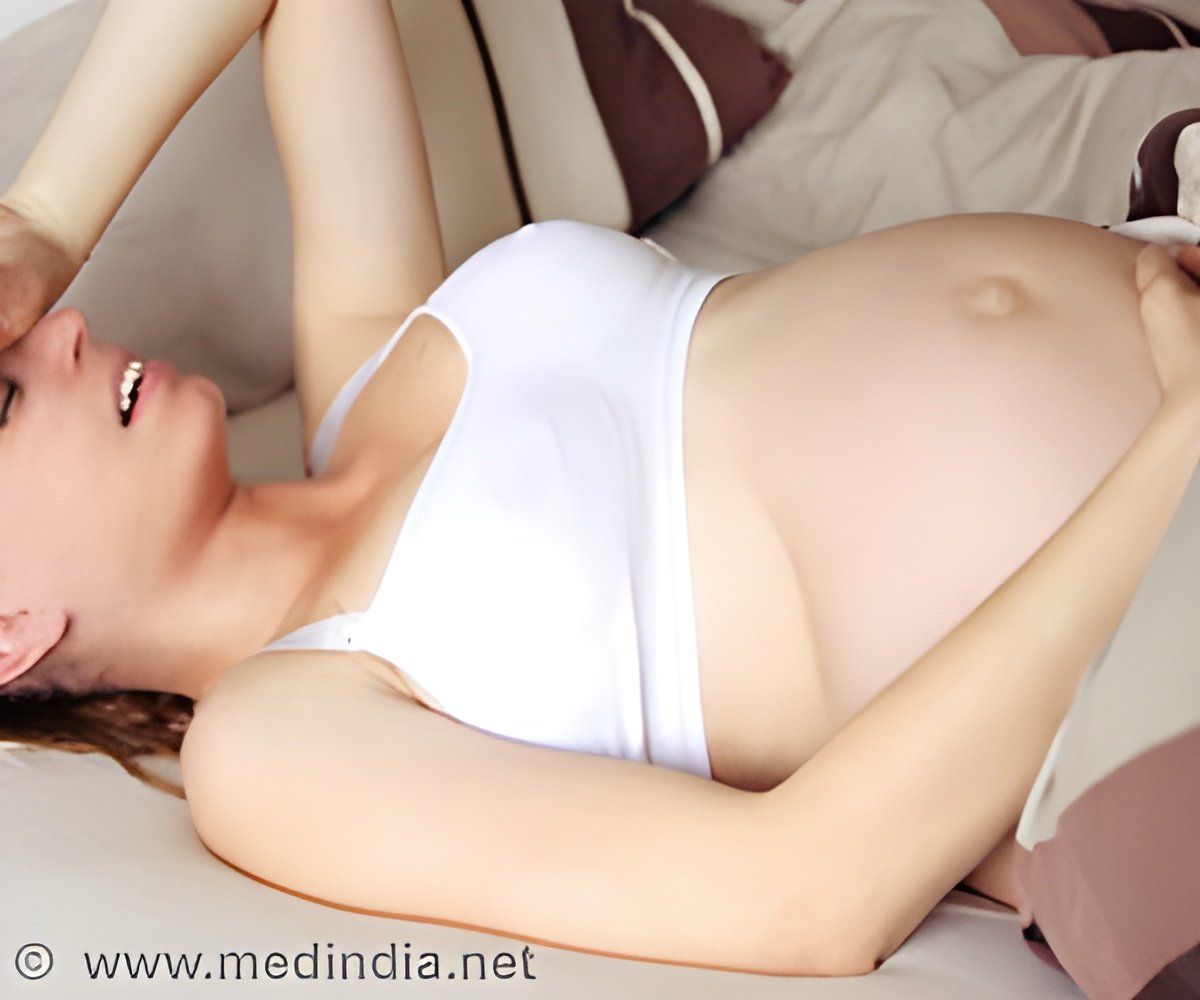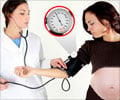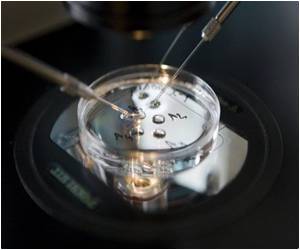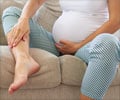Women with preterm preeclampsia with a single child are more prone to cardiovascular disease, according to recent research.

It is a well-known fact that preeclampsia increases the risk of heart-related deaths in women. This is especially true in those women who suffer from this condition before 37 weeks of pregnancy; this is referred to as preterm preeclampsia.
A recent study found a high increase in deaths from circulatory diseases in women with only one child. Researchers from Norway studied the association between preeclampsia in the first pregnancy and subsequent mortality from cardiovascular disease in women with no additional pregnancies.
The study found that:
• Women with preterm preeclampsia in the first pregnancy were at a slightly higher risk for mortality. This higher risk was not noticed in women with two pregnancies and either preterm or term eclampsia.
• In fact, women who have had only one child following preterm preeclampsia are at a ninefold increased risk of mortality due to cardiovascular disease, whereas women who go on to have a second child have a 2.4-fold high risk.
• The deaths due to cardiovascular diseases were also more common in women who had their first child before the age of 30 years.
The study thus re-iterates that it is extremely important for women who suffer from preterm preeclampsia to undergo regular cardiac checkups following delivery to prevent deaths due to cardiac cause. This is especially important in those women who have only one child.
Reference:
1. Rolv Skjaerven et al. Cardiovascular mortality after preeclampsia in one child mothers: prospective, population based cohort study; BMJ 2012;345:e7677
Source-Medindia











